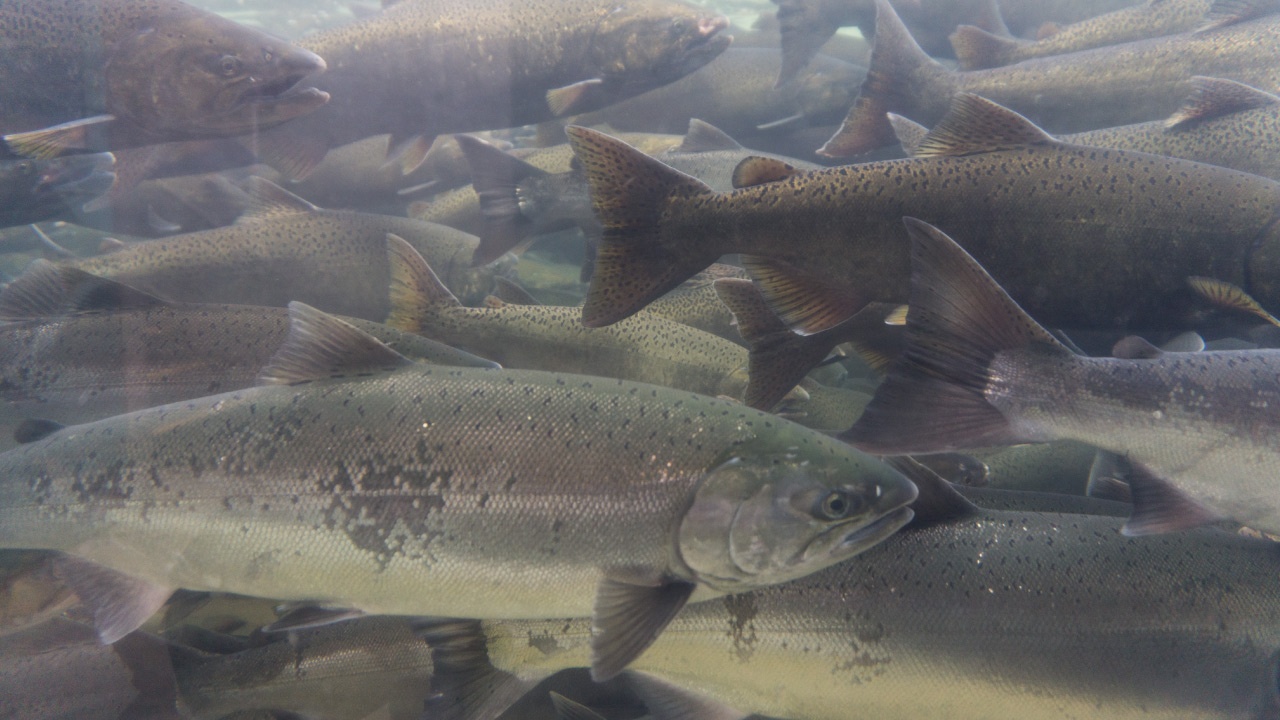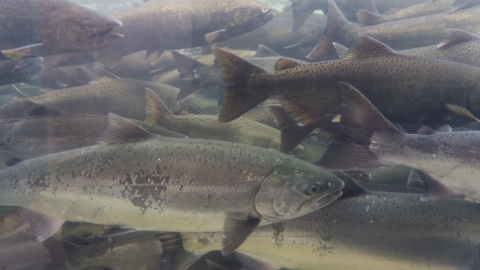
Research has shown that optimising the acoustic environment is essential for ensuring fish welfare and increasing production efficiency in Recirculating Aquaculture Systems (RAS). A recent review carried out by researchers at the University of Debrecen, in Hungary, analyses the existing literature on this topic, suggesting that technological interventions – such as the use of vibration-damping materials, noise-isolating elements for pumps, and the development of low-noise motors – are crucial for improving the acoustic landscape in intensive aquaculture.
The detailed analysis highlights that the acoustic profile of RAS is primarily determined by noise emissions from mechanical equipment. The dominant sound sources include pumps, air blowers, and protein skimmers, which typically emit sound in the low-frequency range below 2000 Hz. This presents a specific biological challenge, as anthropogenic activities in aquatic environments generate noise below 1 kHz – a frequency range that falls directly within the hearing capabilities of most fish species.
According to the authors, the noise spectrum present in RAS largely overlaps with the known hearing range of teleost fish, potentially affecting their physiological state, behaviour, and auditory ability. The review details that increase environmental noise levels can impair growth performance, after swimming patterns, and compromise physiology. Furthermore, chronic exposure can lead to hearing loss through changes in hearing thresholds and negatively affect disease resistance.
The biological mechanism driving this impact involves activation of the hypothalamus-pituitary-interrenal (HPI) axis. The researchers explain that noise-induced neuroendocrine activation diverts energy away from growth, immune, and reproductive processes, potentially leading to reduced disease resistance over the long term. However, this impact is not uniform across all species. The authors note that anatomical and neurophysiological differences in the auditory organs of hearing specialists and non-specialists determine the direction and extent to which noise exposure affects welfare parameters.
Species such as common carp (Cyprinus carpio) are classified as hearing specialists; they possess a Weberian apparatus connecting the swim bladder to the inner ear, resulting in greater sensitivity compared with non-specialists such as Atlantic salmon (Salmo salar). Consequently, specialists are more likely to perceive underwater vibrations across a wider frequency range, making them more susceptible to acoustic stress.
To counteract the detrimental effects of mechanical noise, the review explores the use of music as a method of environmental enrichment. The authors argue that music is a complex, structured acoustic stimulus that carries specific information in terms of frequency, amplitude, and timbre.
The vast majority of studies conducted on teleost fish in RAS have used classical music – most commonly melodic pieces by Mozart – with the main aim of improving growth performance and feed utilisation. The review notes that this type of music generally produced a calming and growth-stimulating effect. For example, research cited in the review found that gilthead seabream (Sparus aurata) respond sensitively to different classical music pieces, which can significantly improve growth and feed efficiency.
However, the review cautions that the specific characteristics of the sound are decisive. The authors point out that fish appear able to distinguish between structured and disordered sounds, responding positively to stimuli within a regular frequency range. While classical and cultural music often provided benefits, disordered sound effects – such as urban noise – consistently triggered negative responses. Moreover, the tempo of the music is a critical factor. The researchers highlight that slow-tempo music enhanced growth performance, whereas fast-paced music induced stress and reduced feed intake in certain species.
Looking ahead, the authors suggest that facilities could incorporate auditory-based environmental enrichment – specifically classical music with slower tempos and harmonic elements – to help reduce stress. As the aquaculture sector strives to meet the food demands of a growing global population, managing the soundscape of fish farms may prove to be a vital component of future sustainable development.



